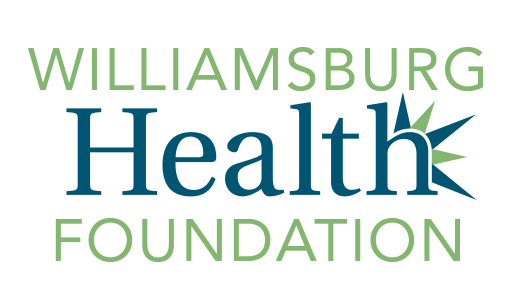On Monday, June 6, 2022, the Board of Trustees of the Williamsburg Health Foundation (WHF) met and approved 22 grants worth nearly four million dollars. “This is the second year of implementation of our most recent strategic plan,” said Carol L. Sale, WHF President and CEO. “We are pleased to be investing strategically in so many good causes and programs impacting the health of our community,”
Under the strategic goal to “Target behavioral and social risk factors that influence the health of individuals throughout the life span,” the largest funded program is SHIP, the School Health Initiative Program. Williamsburg-James City County Public Schools partner with WHF, teachers, students, parents, and other community partners to build life-long, healthy habits in schools.
“We continue to see our community’s children interested and participating in healthy clubs and activities like gardening, Zumba, cooking, and running clubs thanks to the SHIP program,” said Sale.
According to Senior Program Officer, Bill D. Pribble, “The annual Run the DOG 5K and Sleighbell 5K both demonstrate how successful this program is. Not only do hundreds of students participate annually but also their family members and school faculty and staff. At the Foundation, we believe that SHIP participation among Williamsburg-area school children will make ours a healthier community both now and in the future.”
The largest share of grants in this first round of grants for 2022 is to “Strengthen the healthcare safety-net for uninsured and underinsured individuals.” This goal encompasses the following three areas: advanced primary care, behavioral health services, and medication access, and all three areas received significant investment.
Over the past few years, WHF has looked at how to effectively fund the provision of prescription medications within our community. As the grants to the clinics demonstrate, WHF has believed the most effective manner for making sure safety-net patients receive prescription medication is to embed those services entirely within the individual clinics. “The approach of giving the clinics management of their own patient assistance programs is proving to be the most cost-effective and direct for our community,” said Sale.
“Our entire staff and board are laser focused on how to most effectively and strategically support the health of our community,” said Sale.
